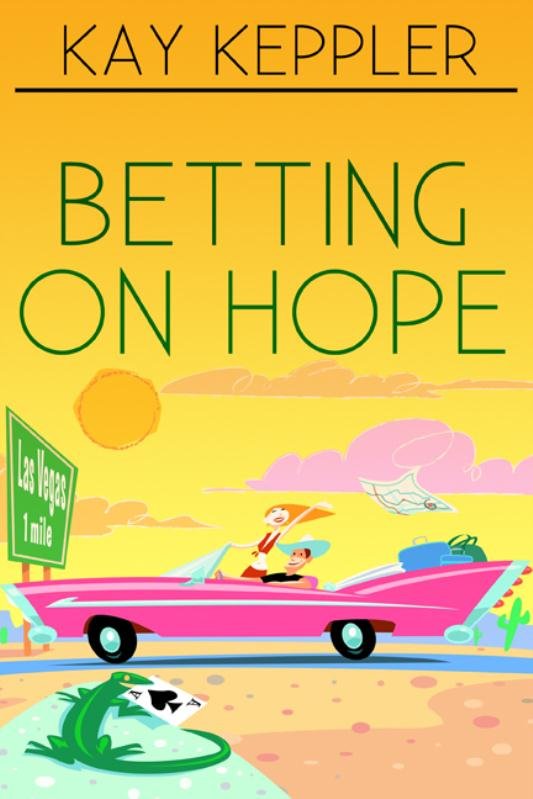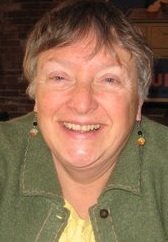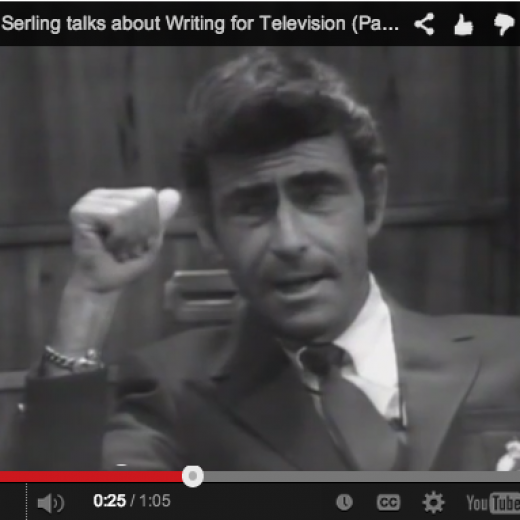Writing a (Character-Driven) Romantic Comedy by Kay Keppler
 Let’s welcome back Kay Keppler for another month with Writer’s Fun Zone! In today’s article, Kay discusses how to write a character driven romantic comedy. Enjoy!
Let’s welcome back Kay Keppler for another month with Writer’s Fun Zone! In today’s article, Kay discusses how to write a character driven romantic comedy. Enjoy!
***
Last week I had an eye-opening experience with my critique partners. I’m working on a romance story about a former professional football player turned CEO who meets a CIA analyst in danger of losing her job. Their comments about my heroine: “She wouldn’t act that way!”
As we discussed the story problems, it became more clear that (at least some of) my problems stemmed from my heroine’s being too action-oriented and not detail-oriented enough. She was acting like a CIA clandestine operator, not a desk jockey bound by reports.
My first plan? I’m having my heroine make more lists. That should add more realism to her actions—and give me a better story arc—when she commits to the hero.
The demands of genre
Genre fiction is “genre” because each category follows essentially the same subtext. Thrillers confront our fears. Mysteries resolve our need for justice. In romantic comedies, the real subject matter is the power of love.
Love sets up the action in a romantic comedy, but it does more than that: it shapes the story arc. Either the hero or the heroine—and sometimes both—are emotionally incomplete, and the story arc shows the characters finding their emotional connection, or happily ever after (or sometimes, the “happy for now”). Because of this universal construct, romantic comedies, more than most other genres, are character driven. And their success depends on your being able to develop lovable—or at least likeable—but flawed characters who resist love’s power but ultimately succumb to it.
The challenge is to write fresh but familiar characters that meet the needs of the genre. And that’s harder than it looks.
Meet the Archetypes
To think about romantic comedic characters in a fresh way, you might want to look at how these characters have been written before. Consider archetypes. An archetype is the original pattern from which all things of the same type are modeled. When you think of archetype, think prototype. An archetype is not to be confused with a stereotype, which is a belief that all people or things with a particular characteristic are the same. Archetypes are flexible; stereotypes are not.
Thinking about archetypes can help you develop your romantic comedy heroes and heroines. Check out The Complete Writer’s Guide to Heroes and Heroines: Sixteen Master Archetypes. The authors describe 16 archetypes: eight male (the Chief, Bad Boy, Best Friend, Charmer, Lost Soul, Professor, Swashbuckler, and Warrior) and eight female (the Boss, Seductress, Spunky Kid, Free Spirit, Waif, Librarian, Crusader, and Nurturer) and show how they can conflict and ultimately come together. The book’s not a master plan, but it offers some insights into how basic personality types get along and how they don’t get along—and it offers examples to show how television and movie makers have used these types with great success.
Let’s see how it works.
What if a Chief…
The Chief, for example, is a leader. He seizes control. He’s active, dynamic, and strong-willed. (Think William Shatner as Captain James Kirk in Star Trek, or Yul Brynner as the King of Siam in The King and I.) The Chief’s good qualities: he’s goal-oriented, decisive, and responsible.
But the Chief has flaws, too. He’s stubborn, unsympathetic, inflexible, and dominating. The Chief’s occupation could be CEO, surgeon, nobleman, pilot, sheriff, stockbrocker, bank president, or oil tycoon.
Met a Librarian?
A Librarian is analytical, conscientious, solitary, and detail oriented—but when she’s relaxing, she knows how to her hair down. (Think Kathleen Turner as Joan Wilder in Romancing the Stone or Gillian Anderson as Dana Skully in The X-Files.)
The downside? The Librarian can also be rigid, repressed, or perfectionist. Her occupation: research scientist, teacher, or accountant.
They clash
The Chief is focused on the goal, and the Librarian is focused on the process. Her attention to detail drives him crazy. She can’t believe he makes decisions without analyzing and considering every option—several times. They are both stubborn and convinced they are right.
They mesh
They both make decisions based on logic. They both tackle any task with single-minded determination. He respects her dedication; she respects his drive and commitment.
They change
The Chief has to slow down and take a deep breath, because the Librarian won’t move until she’s ready. He finds out that looking at the fine points of a situation can save him a lot of grief. He pulls her from the sidelines and into the action. She discovers that there’s more than one path in life’s journey.
Who is this movie couple? Remember The King and I? That’s a perfect example of a Chief/Librarian pairing.
A word about archetypes
Archetypes, of course, are just a place to start when you think about the characters you want for your romantic comedy. Archetypes should be layered and evolving, a mixture of characteristics that changes.
But it’s important to think about how your characters will influence each other—how they can clash, mesh, and change—because romantic comedy is, above all, character driven. Before the story is over, the characters must be challenged—and transformed—by love.
Back to me
Will my CEO and CIA analyst make it? You better believe it. She knows a lot more than just how to make lists—and he knows a good thing when he sees it. For them, it’s happily ever after.
Now all I have to do is write it that way.
***
 Kay Keppler (www.kaykeppler.com) is an author (Zero Gravity Outcasts, Betting on Hope, Gargoyle: Three Enchanting Romance Novellas) and editor of fiction and nonfiction (Angel’s Kiss, Outsource It!) who lives in northern California. Contact her here or at kaykeppler@yahoo.com to ask questions, suggest topics, or if you prefer, complain.
Kay Keppler (www.kaykeppler.com) is an author (Zero Gravity Outcasts, Betting on Hope, Gargoyle: Three Enchanting Romance Novellas) and editor of fiction and nonfiction (Angel’s Kiss, Outsource It!) who lives in northern California. Contact her here or at kaykeppler@yahoo.com to ask questions, suggest topics, or if you prefer, complain.






